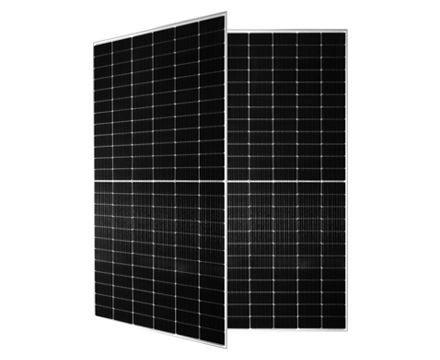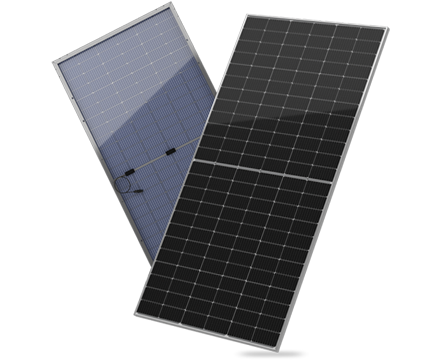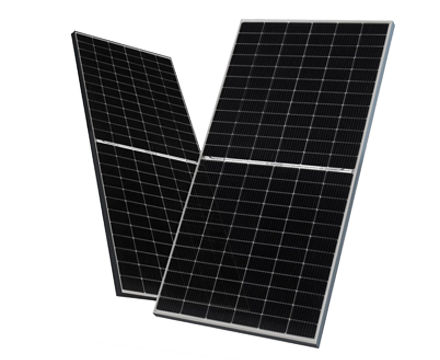Solar Modules
Solar panels, also known as photovoltaic (PV) panels, are devices that convert sunlight directly into electricity using the photovoltaic effect. Solar cells are encapsulated between a transparent protective layer (usually glass) and a weatherproof backing material (typically polymer). The current generated by each cell is direct current (DC), which is then converted into alternating current (AC) using inverters for household or grid use.









